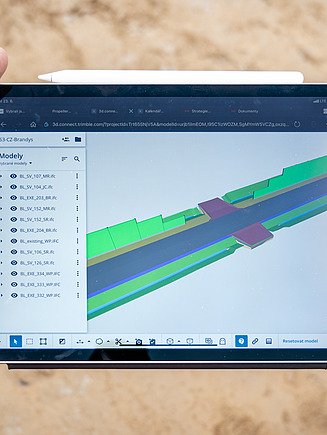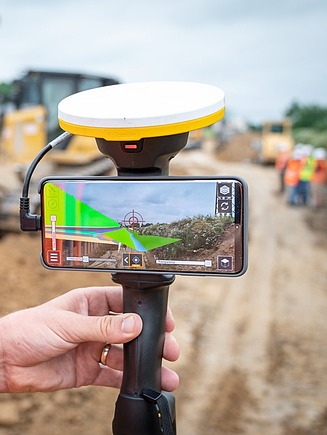In search of the right algorithm

With DARIA, short for data-driven risk analysis, STRABAG relies on data and artificial intelligence (AI) in controlling when evaluating construction projects. With the help of a broad database and algorithms, financial risks can be forecast and, if necessary, reduced. DARIA assesses the financial risks of ongoing road construction projects during the execution phase. Controllers and managers thus have additional AI-generated warning indicators at their fingertips to make early and objective decisions for the further course of the project.
What are the advantages of AI in controlling?
DARIA supports users in evaluating project progress. The large amount of data and its complexity is an increasing challenge for controllers. The computing power of STRABAG AI analyses the commercial data every month and forecasts project completion according to internally defined categories. With the help of AI-based indicators, users have a better overview of potentially critical project developments. AI is used to support risk management in the construction industry.
STRABAG uses a broad data basis, the know-how of its own data science department and the expertise of the users. The aim is to identify potentially critical projects at an early stage and minimise risks.
The figures at a glance:
- 11.000 training projects
- > 1,000 monthly forecasts
- 12 countries as a learning basis
- 2.5 years until roll-out
- approx. 70 % flop detections
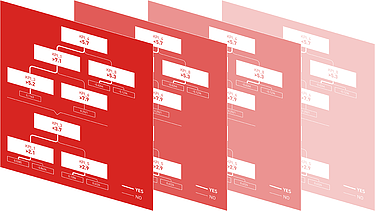
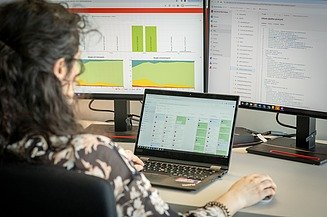
How does DARIA support users?
DARIA is integrated into the controller's digital working environment. Potentially critical projects are visibly labelled and thus brought into the focus of the responsible users. Their attention is focussed on the most potentially critical outcome. DARIA does not explain which specific risk the AI-based assessment is based on. However, it does offer an interpretation aid for users. For example: If a project is predicted as a flop, its progression is visually compared with the progressions of all flop projects from the training data. This makes the forecasts comprehensible for users.
The right algorithm for the assessment model
DARIA supports risk management in the construction industry. To do this, the model should provide explainable and stable statements, i.e. always produce the same results. For this reason, the AI-based approach in DARIA is XGBoost (eXtreme Gradient Boosting). This model is based on decision trees.
In these, data is classified using ‘if-then’ questions until the model no longer detects an increase in information. To be as precise as possible, XGBoost combines several decision trees that build on each other. Each new tree attempts to correct the errors of the previous tree - known as boosting. It also specifies how much and in which direction the predictions need to be adjusted - gradient boosting. Sequential learning produces a very strong model from many weak models. This is also reflected in the detection rate for potential flop projects, which currently stands at just under 70 per cent after three months of construction.
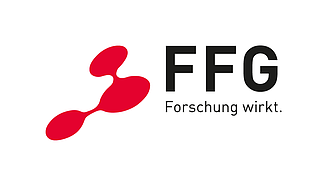
An AI model for all sectors?
Users in other sectors also recognise the added value of early recognition of project progress. This is why suitable assessment models are currently being developed and evaluated for building and civil engineering projects in the execution phase. And that's not all - the DARIA team is also already working on perhaps the biggest challenge: a model that supports project-related risk management as early as the bidding phase.
Four steps to an AI assessment model:
- Project preparation – which type of algorithm fits the problem?
- Data analysis and processing – what patterns can be recognized from the data and how can the data be used?
- Training and testing the model – how well does the model work?
- Deployment and use – how does the model reach end users?
Factsheet:

DARIA
